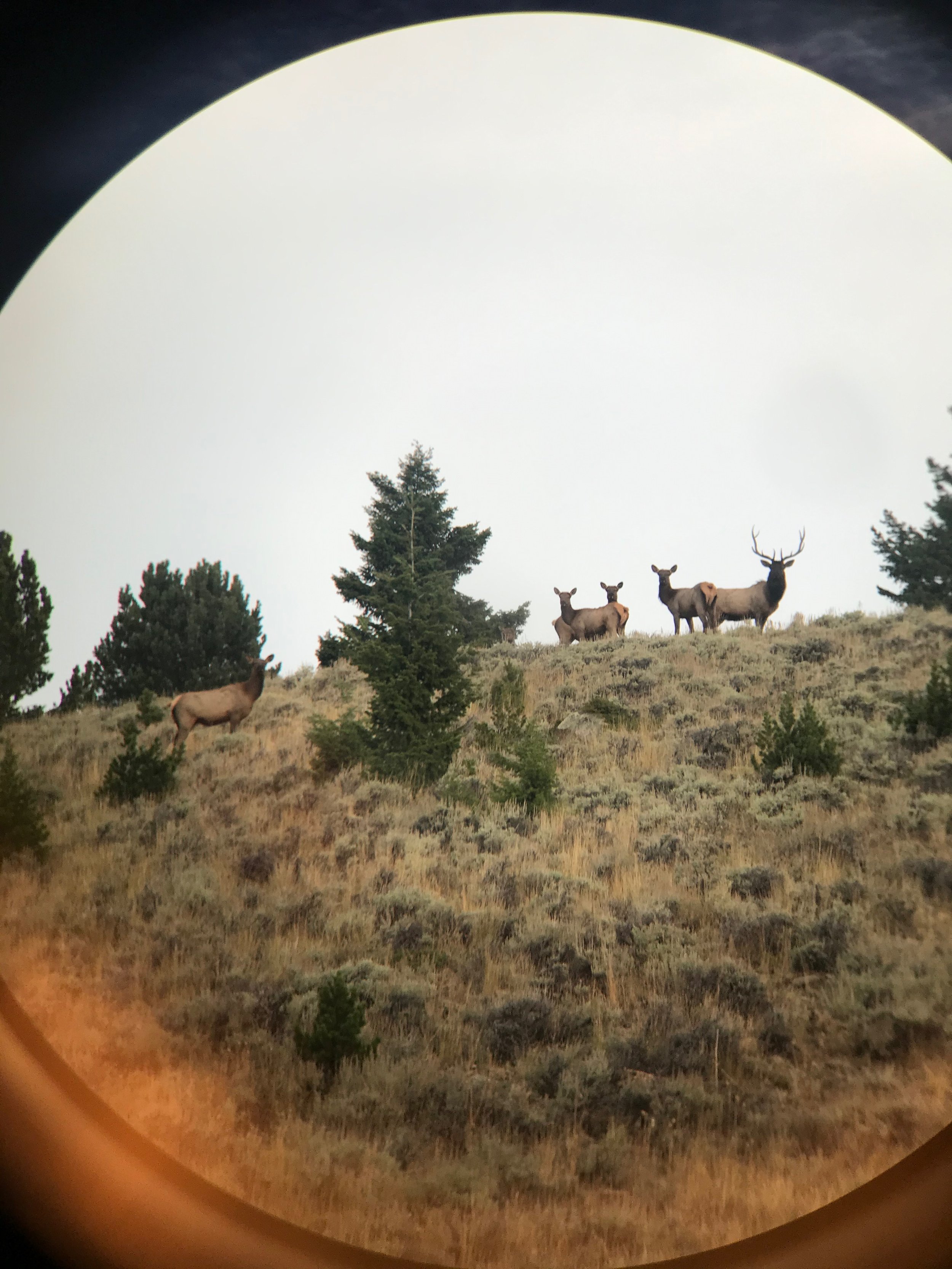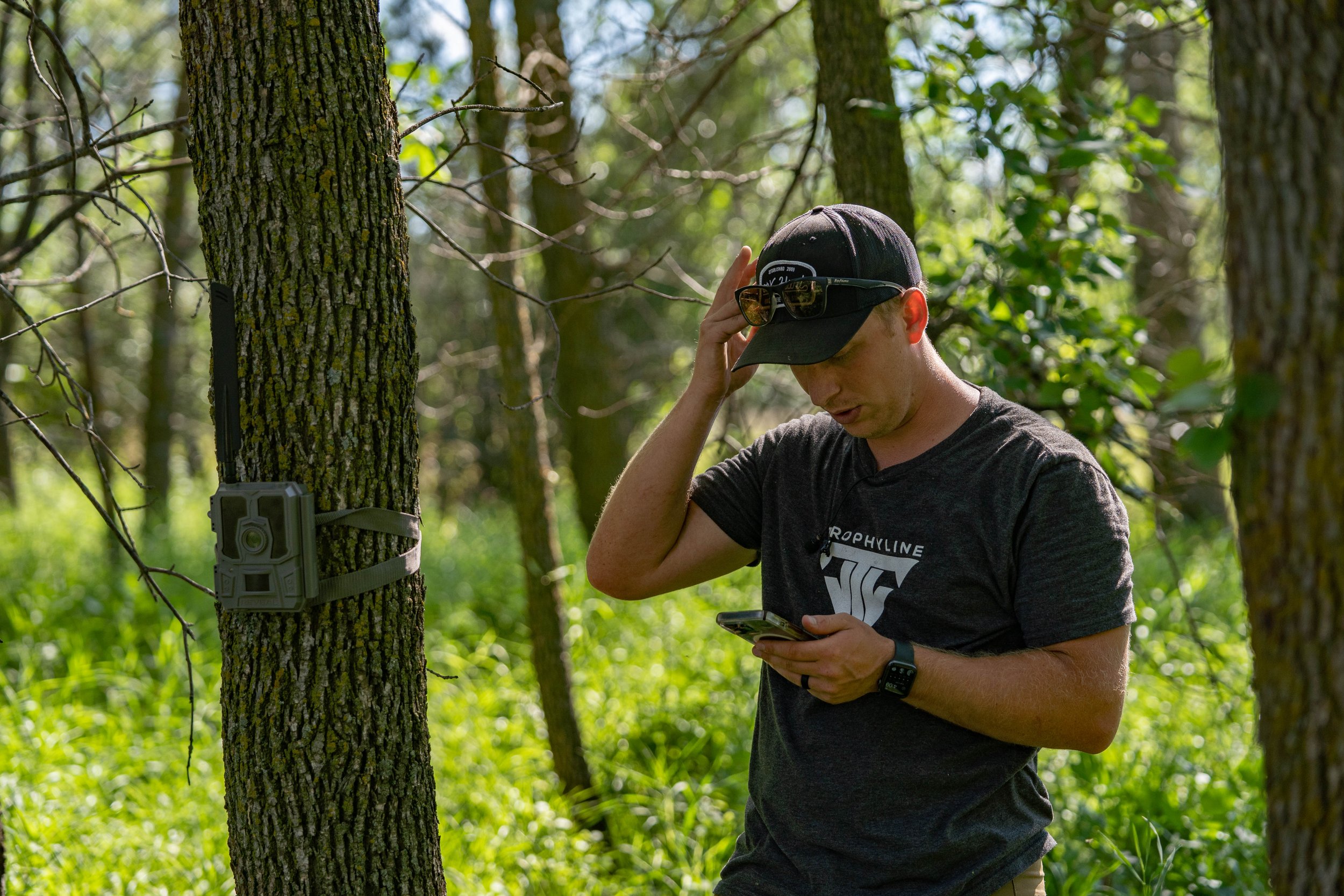By Alex Comstock
For somebody like myself, who loves trail cameras as much as I do, and for as many as I run, what I don't do is rely on them. Trail cameras serve as a tool to my hunting repertoire, not as a crutch. Don't get the two confused. Trail cameras are great, and with the continued improving technology, they are only going to get better and better. What they don't do though is replace woodsmanship, hunting skill, or hard work for that matter. Today I wanted to single out three ways in which I see the most when it comes to relying on trail cameras.
Too Much Stock Gets Put Into Night Photos
Getting pictures of a shooter buck is awesome - no doubt about that. But something that I see time and time again, is people get a few, maybe even a few hundred pictures of a shooter during the middle of the night, and then hunt a stand that's near that camera because of those pictures. If you leave it at that, your odds of success may not be very high. The problem in this situation is that the buck in those photos could be a long ways away while you're in the stand hunting.
I got pictures of this buck throughout the summer of 2016 only during the middle of the night. I never laid eyes on him.
If you take the photos at face value and hunt a certain stand only because you got night photos of a certain buck, this is what I mean by relying on trail cameras. If you want them to be that tool to help you, it's the work that goes in after getting the pictures that will help yield success. Figure out why the buck is there during the night. Where is he coming from? Where is he going to? Is there a chance he is on your property somewhere else during daylight? These are a few of the questions you should be asking yourself in order to help get into position for a potential encounter.
They Only Tell Part of The Story
What people often forget is that trail cameras tell part of the story, not the whole story. Case in point - last year I scouted a new hunting area, and it looked prime. It was an area that just screamed big buck to me. It was mid October, and there was big rubs and scrapes everywhere. I ended up hanging a trail camera over a scrape, and checked the cam a little over a week later. I had tons of photos of young and small bucks, but nothing mature. I ended up writing that spot off due to no pictures of shooter bucks. That was a mistake.
About a week after pulling the camera, one of my friends hunted the spot, and had a great sit, including getting eyes on two mature bucks. Neither of the mature bucks had walked by the trail camera that I had placed weeks earlier, but this situation exemplifies my point to a T. If you think an area is good, and have a good gut feeling, just because you don't get trail camera pictures of a shooter in the area, doesn't mean you shouldn't hunt there.
You Can End Up Hunting From Behind
A popular method of hunting is to check trail cameras, and then hunt based off of that recent information. In certain situations this can work, but what I have found to be true more and more is that this might not be the way to go in all circumstances. If you are solely hunting based off recent trail camera data, there is a good chance that you'll be chasing the deer. Just because a buck is moving through a spot in daylight one week, doesn't mean he will be the next. You might end up checking a camera and see that a shooter came through three times last week in daylight, and then hunt there, only for him to never show.
Something that I have started doing more and more, is to use trail cameras to get ahead by hunting based off of annual patterns. Save all of your trail camera pictures throughout the year, and then use that information the following season. If you had an uptick in daylight movement in a certain pinch point November 8th-11th last year, check what the conditions were, and if they're similar this coming season, that might be a spot you'll want to hunt this year.
Conclusion
Trail cameras were designed to be a tool that serves you, and helps you as a deer hunter. They aren't meant to replace all of your hunting skill or woodsmanship. Don't sell yourself short, and put all of your stock into a trail camera. Let them help you, and then you can do the rest.
































